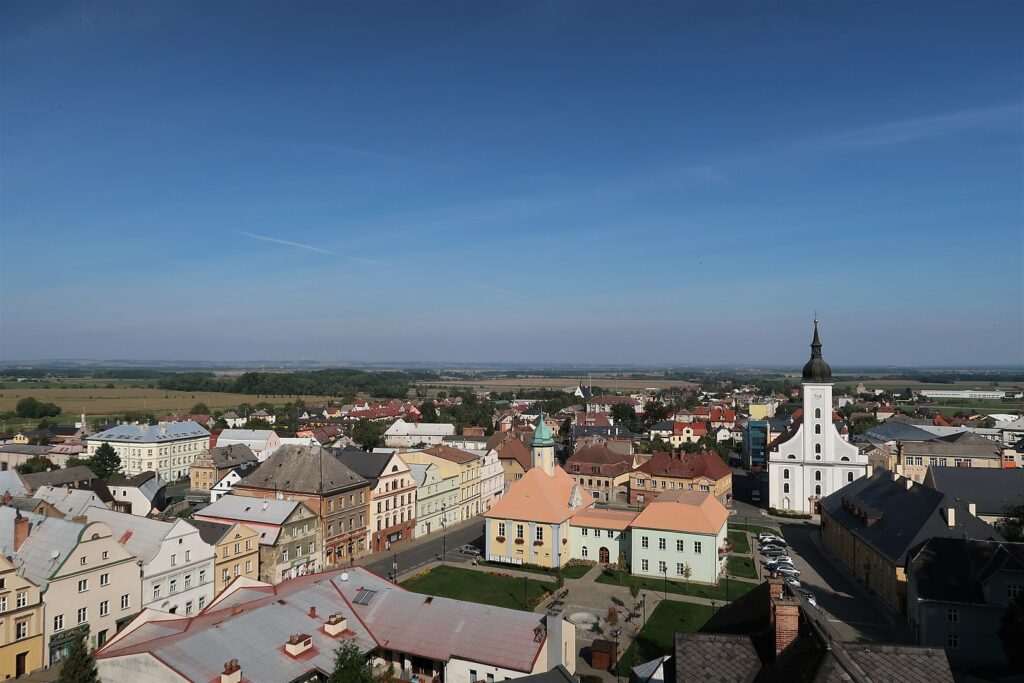This year has only just begun but already Europe has broken a number of weather records as extreme heat spreads across the continent. A strong wintertime heat dome pounced on most of the continent, producing unprecedented warmth – with temperatures of up to 25 degrees Celsius and national records broken this week. This is exactly the type of event you’d expect to see with climate change.

At least eight European countries registered their warmest January day ever last Sunday, according to data collected by climatologist Maximiliano Herrera, who studies extreme temperatures. Netherlands, Liechtenstein, Lithuania, Latvia, Czech Republic, Poland, Denmark, and Belarus are experiencing record-breaking temperatures so far.
In Spain, the temperature recorded in Bilbao on 1 January (about 25 degrees Celsius or 77 Fahrenheit) was equivalent to the average in July. In Poland, the city of Korbielow recorded 19 degrees Celsius (66 F) on New Year’s Day – a temperature more common in May or June, and a whopping 18 degrees Celsius higher than the 1-degree Celsius average for January.
In Germany, over 950 local records were broken across the country at measuring stations between December 21 and January 2. Vaduz, the capital of Liechtenstein, registered a peak of 20 degrees Celsius, while the Czech town of Javornik reached 19.6 degrees Celsius. Temperatures also reached 25 degrees Celsius in southern France.
Pretty much everywhere you look in Europe, temperatures are extremely high for this period.
Record-breaking weather
The phenomenon explaining the record heat is a warm air mass from the west coast of Africa that moved across Europe, bringing uncommonly warm conditions, according to the UK Met Office. While scientists say it’s too early to confidently attribute this to climate change, extreme weather events are becoming more frequent and intense because of climate change.
However, warm winter weather like the one in Europe doesn’t have the same human impact as summer heat waves, which can cause a large number of excess deaths. However, it could disrupt natural cycles of freezing and thawing, confusing and potentially devastating wildlife populations.
The warm weather also had the effect of helping to ease the energy crisis that has affected the continent. Natural gas prices have soared since Russia’s invasion of Ukraine. But this wave of warm weather has meant a lower demand for gas, contributing to gas prices reaching their lowest level since Russia invaded last year.
“Due to warm weather, [energy] consumption in Ukraine is reduced,” the country’s state-owned electricity operator Ukrenergo said this week. Anton Gerashchenko, an advisor to the Ukrainian government, also tweeted on January 1st: “Putin wanted to freeze Ukrainian allies and defeat Ukraine. Instead, even the weather is on our side.”
The exceptional weather comes after many parts of Europe registered an extremely warm summer last year, including the UK, Germany and Switzerland, for example. The currently above-normal temperatures are forecast for much of the mainland region for at least one more week, though a cooler pattern could then emerge by mid-January.
The mild weather comes as North America is facing severe storms, only days after a deadly winter cold snap that left more than 60 dead. Snow and freezing rain have been forecasted for parts of the northern Midwest, with thunderstorms and tornadoes expected in Texas and Oklahoma. But this isn’t incompatible with climate change — in fact, climate change is also known to exacerbate extreme cold weather by shifting polar masses of air.
The world has already warmed 1.1 degrees Celsius since the industrial era started, and temperatures will keep rising unless governments and companies reduce emissions. The more average temperatures rise, the more we will see effects like extreme weather — both hot and cold.



